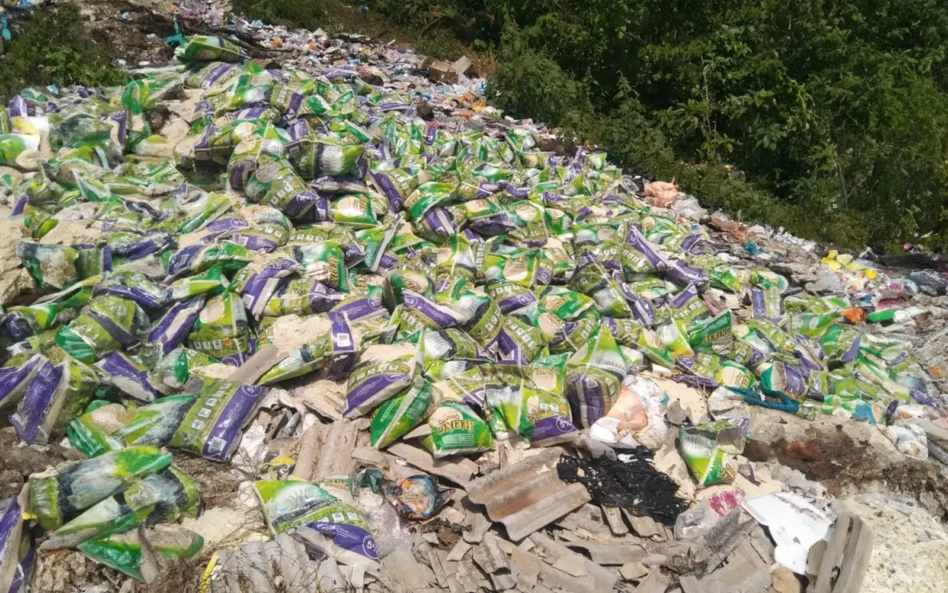By Afifah Suhaimi
WHILE Budget 2021 appears to be a windfall for farmers, more strategies could be thought of to protect their well-being such as promoting crop insurance – as a security to boost crop yields, improve efficiencies and stay competitive in the world markets.
To recap, a total of RM4.7 bil will be set aside next year for agriculture. Out of this, RM1.7 bil will be allocated in the form of subsidies, assistance and incentives as a strategy to protect the well-being of farmers and fisherfolk.
Perhaps, with this allocation, the Government could subsidise 60% of the premium of the crop insurance, with farmers paying the balance – since budget constraint is one of the reasons why farmers are not interested in purchasing crop insurance.
Crop insurance is purchased by agricultural producers, including farmers, to protect against either the loss of their crops due to natural disasters, or the loss of revenue due to declines in the prices of agricultural commodities.
According to experts, farmers find crop insurance too expensive or simply because they could not fit it in their budget since they are already bound to other monthly payments such as lease charges.
Surprisingly, even in places where insurance is affordable, the efficacy of current insurance policies in terms of disaster risk mitigation and adaptation seems to be minimal.
In brief, crop insurance is vital since Malaysia is one of the countries that are most vulnerable to hazards such as floods, landslides, droughts and climate change in the Asia-Pacific region that could endanger the financial security of farmers and put the entire agricultural economy in jeopardy.
For instance, in Kedah, a total of 35 farmers in Pertubuhan Kawasan Peladang Pokok Sena lost almost RM1 mil when more than 71 hectares of their paddy fields were damaged due to drought early this year.
While in Kota Belud, this ‘rice bowl’ of Sabah is looking at RM29 mil in losses, when nearly 7,000 hectares of paddy fields have been severely damaged by floods that hit the district following heavy rainfall in July this year.
Although the Ministry of Agriculture and Food Industries has allocated a heap of money to assist affected farmers, analysts pointed out this is only beneficial for a short-term solution and unsustainable.
Besides, crop insurance is also crucial to protect the farmers against losses caused by crop failure; thus, they could stay afloat in the business and continue planting for the next season.
Not only that, crop insurance is vital to help farmers minimise their debts – as they can repay their loans even during the time of crop failure.
And most importantly, in the age of modernisation where farmers are encouraged to perform smart farming practices that utilise modern technologies – this actually looks very risky for some, especially for the elderly ones.
Thus, crop insurance would be the bait for them to take the risk, should there be any losses, they do not lose anything because their crops are already insured.
For instance, if any technology/equipment failure has caused catastrophic damage to their crops, crop insurance would definitely help the farmers deal and rebound with it and pay them during massive loss.
In the United States, more than 300 million acres of cropland are covered by crop insurance. Yet despite these impressive numbers, market penetration of crop insurance remains small in other countries, especially Malaysia.
According to a study in 2019, it was found that most of the farmers in Malaysia were not aware of the existence of crop insurance and shockingly only 4% of their respondents had crop insurance.
Thus, by considering these scenarios, what else can be done to encourage farmers for purchasing crop insurance?
First things first, the focus should be centred on awareness. Studies show that the ones who are more inclined to purchasing crop insurance are young and modern farmers than the older ones, which are still utilising the traditional concepts of farming.
Also, experts pointed out currently insurance companies are seen doing a mediocre job in offering and promoting crop insurance via their social media platform or website, as some of their promotions did not reach all farmers, particularly in the rural areas – since most of them are not tech-savvy or perhaps, no one ever introduce to them in a proper and convincing way.
Thus, this is why insurance agents – preferably the trained ones who can speak the “farmers’ language” are needed to introduce and persuade them in purchasing crop insurance.
In line with this, the Government could also inject funds to aid insurance companies for extending their insurance access by improving the coverage equity – so that all groups of farmers, all types of plantation and all types of disasters, receive the equal opportunity to purchase crop insurance.
All in all, having crop insurance as a financial safety net could make a significant difference in the farm’s short and long-term economic stability. Indeed, a healthy farm economy is essential to the economic steadiness of Malaysia’s economy.
Or perhaps, who knows that by promoting and easing the process of purchasing crop insurance would charm the youth to venture in agriculture as one of the means to reduce youth unemployment.
Afifah Suhaimi is Research Assistant at EMIR Research, an independent think tank focused on strategic policy recommendations based on rigorous research.
The views expressed are solely of the author and do not necessarily reflect those of Focus Malaysia.










